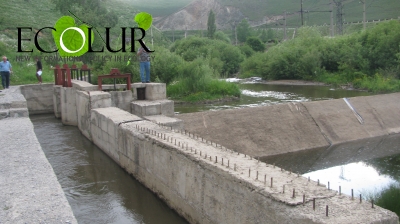

EcoLur
In the framework of the project entitled “Support to the Reforms of SHPPs through a Dialogue between the Public and The Ministry of Nature Protection of the RA for the Purpose of River Ecosystem Use” the expert group visited “Agstev 1” SHPP. “Agstev 1” SHPP is located in the administrative area of Dilijan Town, Tavush Region, and is constructed on transboundary Aghstev River (river length – 133 km, river length in the territory of Armenia – 99 km. It flows into the Kura River). The SHPP is developed by “ElEnEx” LLC.
As a result of the monitoring the expert group found out:
- The SHPP has been operating since 2010.
- The SHPP water intake is located in Shamakhyan area, “Dilijan” National Park, one km downwards Fioletovo community.
- The fish passway is constructed on semi-maze model. Such structure is sufficient for the movement of large and medium-sized fish, nevertheless, it can cause certain difficulties for the natural activities of small fish species.
- There is fish-protecting net with automated cleaning, while the collected garbage is directly dumped into the dry bed of the river, from where water can take them to the river during floods.
- During observations the former riverbed was completely dry after the water intake, while the water flowing in the fish passway was not sufficient to ensure for fish species flowing from the down current for spawning and for the conservation of the river ecosystem.
- Visual observations showed that the environmental flow in the fish pathway was 2-3 times as little as the planned one.
- You can find the following fish species in that part of the Agstev River: brown trout Salmo fario, the Kura barbel - Barbus cyri, the South Caspian sprilin - Alburnoides eichwaldii, Sevan khramulya - Capoeta sevangi /red-listed in Armenia/.
- The SHPP environmental flow is laid down 0.14 cum/s in the construction permit, while water usage permit is 0.28 cum/s.
- The SHPP has applied to extend water usage permit.
- According to “Computation Center” CJSC data, in 2014 “Aghstev 1” SHPP operated for 12 months and produced 7919708 kW electricity.
- Two Chinese turbines were installed in the SHPP building, both were in operating state.
- Automatic management system operated in the station.
- Automatic management system of the water level in the water intake is missing.
- Only turbine substation is fenced.
- There is no water-measuring observation site in the water intake spot, for which the State Environmental Inspection fined the SHPP in the amount of 200,00 AMD in 2015.
- In line with the requirements posed to the SHPP and project solutions, sufficient development, improvement and greening measures were taken in the area of the station where fruit and pine tree species were planted.
- Under the project, the discharge of household wastewater shall be implemented through the cleaning station, nevertheless, actually a water-proof well has been constructed.
- According to the company, the length of derivation pipeline is 5750meters, while under the project it’s 5428 meters. The pipeline runs through Shamakhyan section in “Dilijan” National Park.
- Under SHPP construction project, 270 trees and 1130 bushes shall have been cut down, nevertheless, as the company director assures, no tree felling had been performed.
- The project planned to plant 400 trees and 1200 bushes, but according to the company, about 20 trees had been planted.
- The requirements posed to the conservation of fertile layer of the land and its use were performed.
- No landscape violation and landslides.
- Free water usage requirements were performed.
Proposals:
- To install a water-measuring device and water automatic management system in the water intake.
- To specify the water usage for the SHPP and statutory environmental flow and, if needed, to review water limits laid down in the water usage permit.
- To take measures for garbage removal.
 |
 |
 |
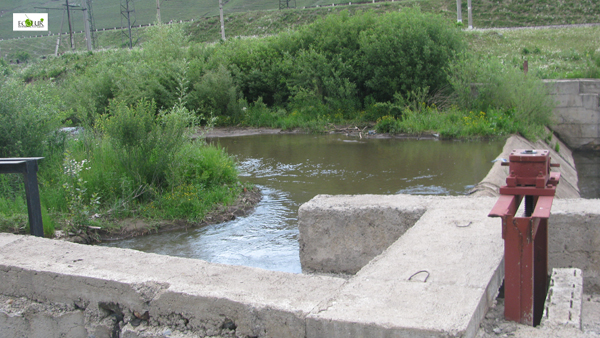 |
 |
 |
 |
 |
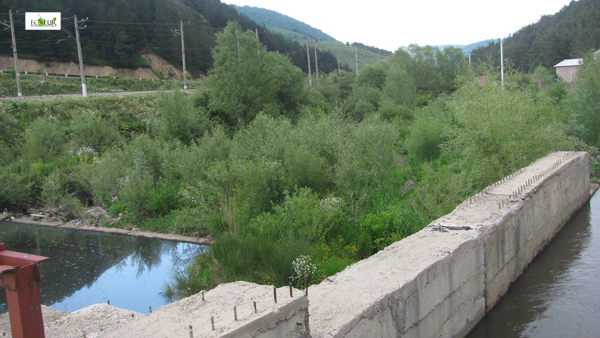 |
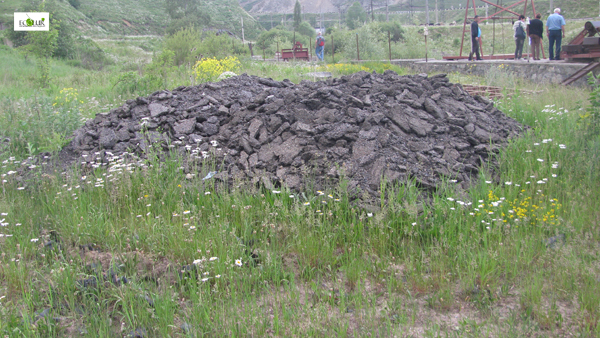 |
 |
 |
 |
 |
 |
 |
 |
 |
 |
 |
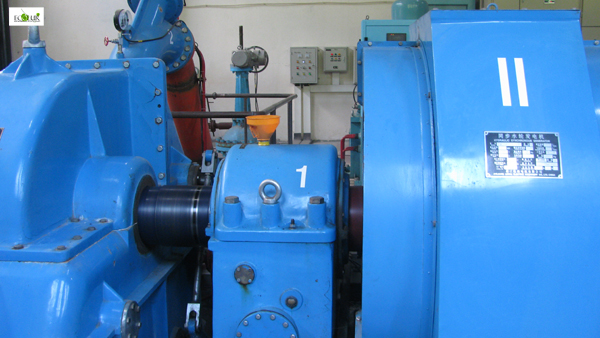 |
 |
 |
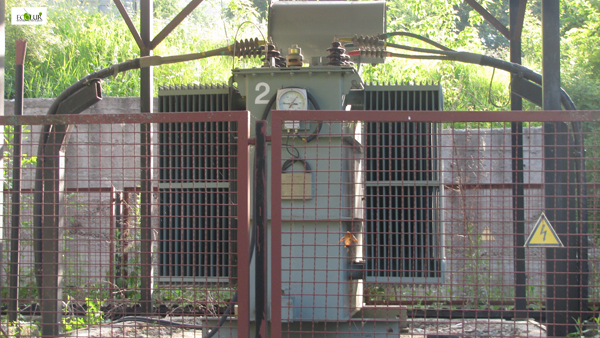 |
 |
 |
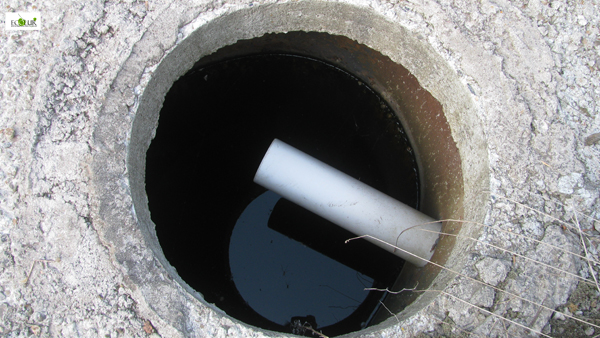 |
 |
 |
The material was developed in the frames of “Supporting reforms in the sector of small hydro power plants through enabling a dialogue between civil society and the Ministry of Nature Protection for sustainable use of river ecosystems” supported by UNDP/GEF Small Grants Programme".
August 07, 2015 at 13:28
